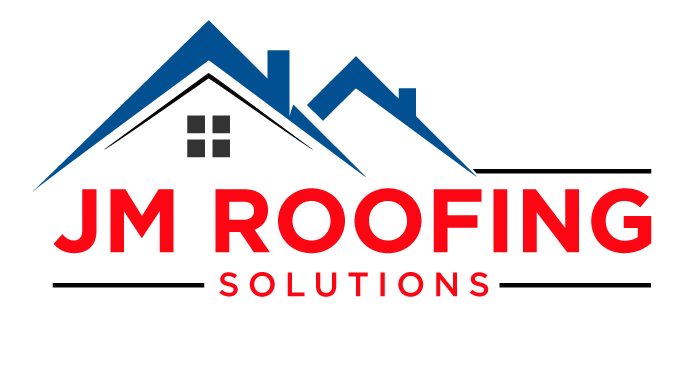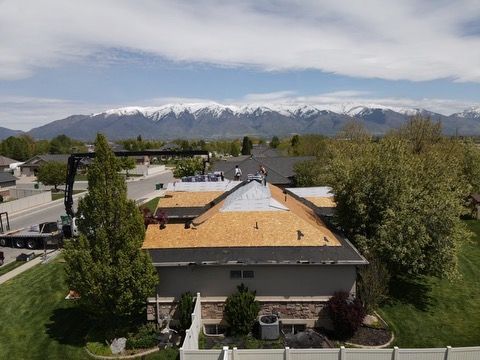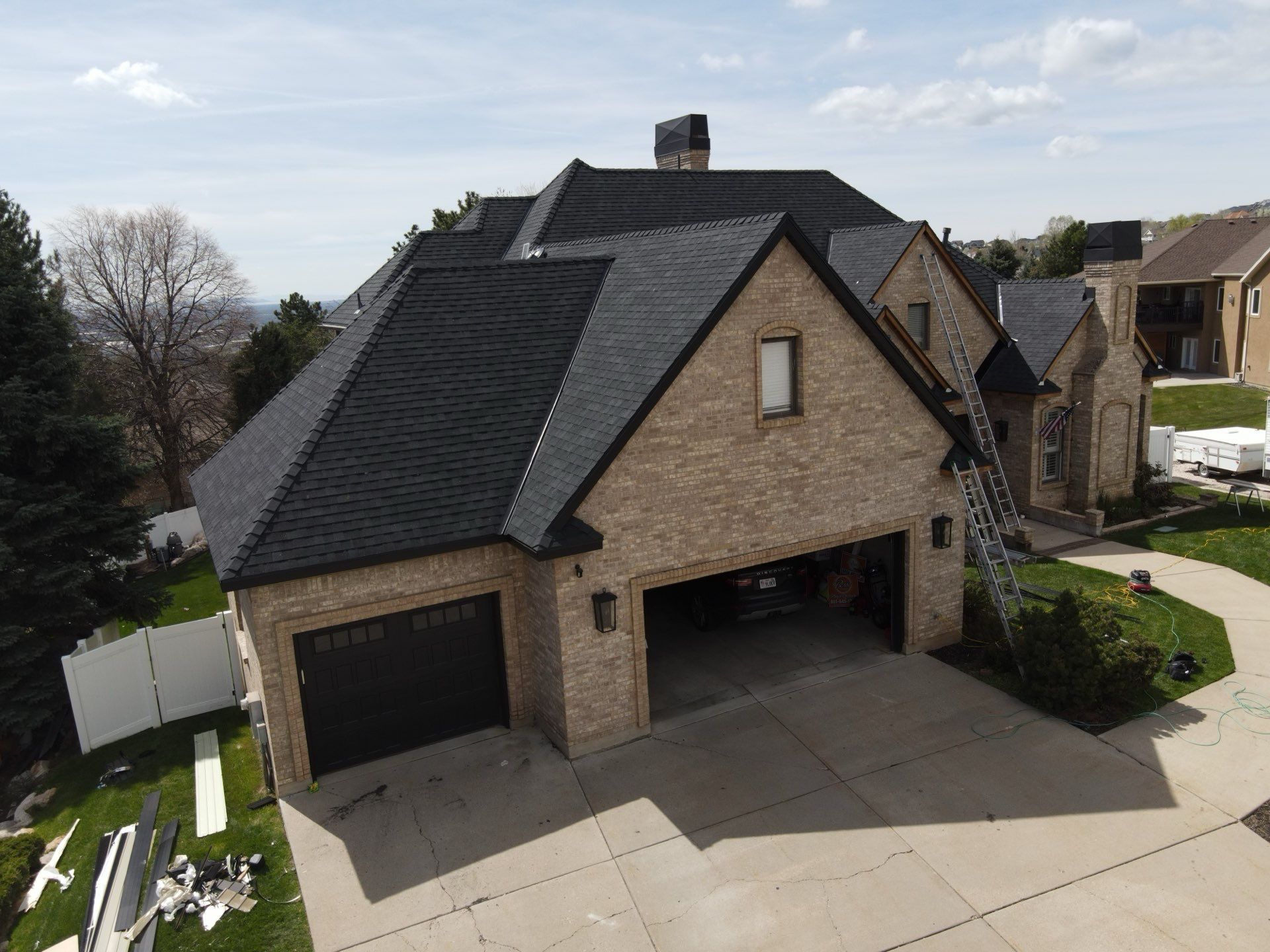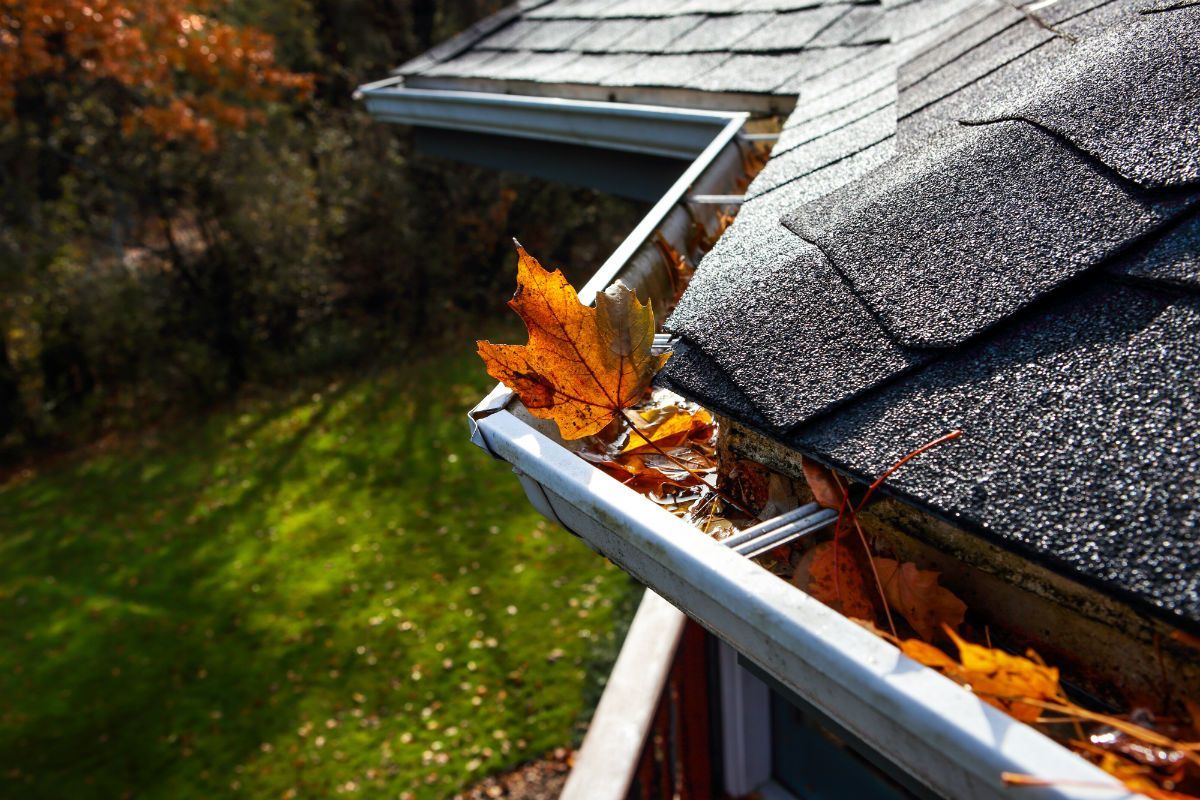Top Signs Your Roof Needs Repair This Winter
Does My Roof need Repairs?
Especially in the Utah winters that include heavy snow, freezing temperatures, and unpredictable weather can really put your roof to the test. Your roof is your home's first defense against all of these elements, so it's important to keep it well-maintained in order to stay safe and warm. But without going up onto your roof yourself (or without obvious signs like large holes or leaks), it can be difficult to tell if your house's roof is in need of repairs. Here are some signs that you may need to call JM Roofing Solutions:
Leaks or Water Stains
Any water stains on the ceiling or walls are the perfect obvious sign that moisture is getting through your roof, meaning there's a leak somewhere due to holes, missing shingles, or ice dams that have forced water to the surface of the roof. Addressing all of the issues as soon as possible will make sure the leaks don't get worse.
Sagging Areas
A sagging roof indicates that the structure beneath is compromised, often due to excessive snow load or water damage. This issue is not only a sign of needed repair but also a potential safety hazard that requires immediate attention.
Ice Dams
Ice dams form when snow on your roof melts and refreezes at the eaves, creating a barrier that prevents proper drainage. Over time, ice dams can damage shingles, gutters, and the underlying roof structure. Watch for icicles or areas where water appears to be pooling.
Missing or Damaged Shingles
Shingles are your roof’s first layer of defense. If you notice missing, cracked, curled, or loose shingles, your roof is more vulnerable to winter weather. Addressing these problems quickly can prevent leaks and further damage.
Granules in Gutters
Asphalt shingles lose granules over time, but excessive granule buildup in your gutters may signal that your shingles are deteriorating faster than expected. This loss of granules reduces your roof’s ability to protect against the elements.
Drafts or Cold Spots in Your Home
If you’re feeling drafts or noticing cold spots, the problem may not be with your windows or doors. Poor roof insulation or ventilation can lead to heat loss, making your home less energy-efficient and increasing your heating bills.
Flashing Damage
Flashing, the material used around chimneys, vents, and skylights, prevents water from seeping in. If flashing is cracked, bent, or missing, it can create a pathway for moisture to enter your home. Inspect these areas carefully or call a professional to assess them.
Gutter Problems
Clogged or sagging gutters can cause water to back up onto your roof, leading to leaks or ice dams. Keep your gutters clean and well-maintained throughout the winter to protect your roof.
Moss, Mold, or Algae Growth
While more common in warmer months, moss, mold, or algae can still appear during winter. These growths can trap moisture against your roof, accelerating wear and tear.
Increased Energy Bills
If your heating bills are higher than usual, your roof could be the culprit. Poor insulation or hidden leaks may be allowing warm air to escape and cold air to seep in, making your HVAC system work harder.
Ready to work with JM Roofing Solutions?
Let's connect! We’re here to help.
Send us a message and we’ll be in touch.
Or give us a call today at 3857751741
Agency Contact Form
We will get back to you as soon as possible
Please try again later
More Roofing Tips, Tricks & Tools
Roofing, Gutters and Siding Tips for Homeowners
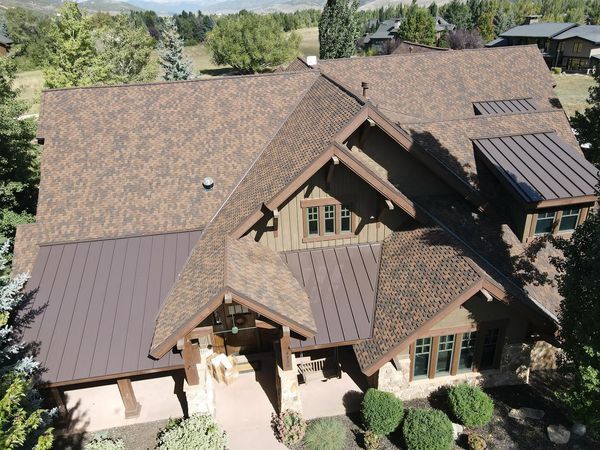
Contact Us
jmbuildingsolutions5@gmail.com
385-775-1741

